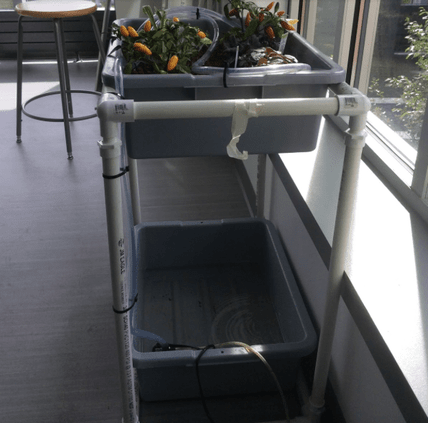|
I was in a shabby van, bouncing up and down on the narrow path like a dragon crawling through the thick green forest. We stopped at the front of a rusty wire netting door. The door closed and we were captured in a big cage. In 2016, I went on a service trip in Jamaica to Mustard Seed Community, a residential community for kids with severe illnesses and disabilities. I was shocked when I first saw those children who lived in concrete houses on muddy roads. I had never seen anyone with severe disabilities. Most of them were not able to talk, more than a half had twisted bodies and can only mobilize by wheelchairs. Immediately, I was surrounded by them. Feeling scared, I thought to myself how impossible it would be to hang out with them. In the following week, our group gradually built so in-depth relationships with them that most of the children cried when we were leaving During those unforgettable days in Jamaica, I developed a sense of responsibility to improve the living conditions for those children. Luckily, Mustard Seed provided a chance for me to fulfill. It developed its own agricultural system to be self-sufficient on food supply which included an aquaponics system, a symbiotic environment for fish and vegetables. However, it struggled with technical issues, such as having problems to deal with an excess number of bugs without presticide (which will kill the fish). As a key member in the school science club, I decided to bring these issues to the group building our own aquaponics system under a low budget to simulate the growing process and yield solutions for Mustard Seed. Currently, we are a four-member group with support from the science teachers and Mustard Seed staff. After dealing with complex issues, our system recently made its first successful run. Having a sense of responsibility in mind, we try to convert formulas and knowledge into something tangible that will produce life-changing impacts for others, like the community at Mustard Seed. Robby Huang Beginning in April of 2016, we developed Design #1 of the aquaponics system using the available resources in the school’s mini-lab. Our first iteration uses coiled ¼ inch tubing with 9 drilled holes to water the plants. While the system was hastily constructed, it gave our group insight into possible issues associated with aquaponics including water flow rates, crowding of plants, flooding, leakage, as well as information about the design process in general. The bin containing the plants sits 75 cm above the water bin below and contains absorbent clay pebbles as a substitute for soil. A pump transfers water to the upper bin. We noticed that the drilled holes in the piping were constantly getting clogged and thus failed to deliver a sufficient water supply to the plants. Additionally, the water flowing from the top bin to the bottom one via a hole in the top bin splashed water onto the floor which greatly decreased the amount of water in the system.
- Mattheus |
AuthorRobby Huang Archives
October 2017
Categories |


 RSS Feed
RSS Feed